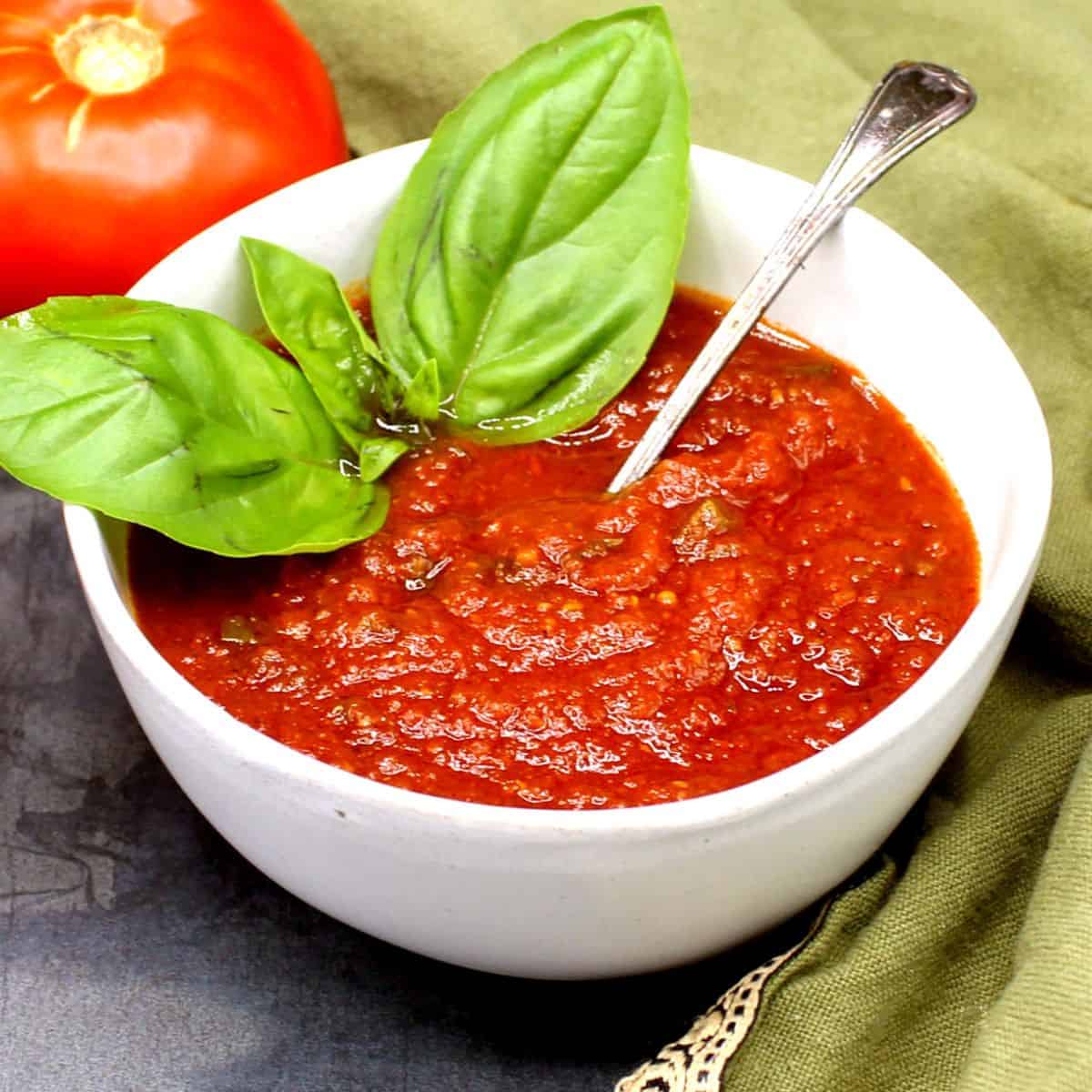Introduction:
Tomato sauce, a culinary cornerstone cherished across cultures, embodies the heart and soul of countless dishes. Among its diverse iterations, marinara stands out as a classic, time-honored variation revered for its simplicity, robust flavors, and versatility in the kitchen. Crafted from ripe tomatoes, aromatic herbs, garlic, and olive oil, marinara transcends borders, captivating taste buds with its rich history and unmatched culinary appeal.
Origins and Evolution:
The genesis of marinara sauce traces back to the sun-soaked shores of Southern Italy, where tomatoes, introduced in the 16th century, revolutionized Italian cuisine. Initially, tomatoes were met with skepticism due to misconceptions regarding their toxicity, but their eventual acceptance heralded a new era in Italian gastronomy. The earliest versions of marinara featured a concoction of tomatoes, garlic, olive oil, and herbs, simmered to perfection over low heat, preserving the essence of fresh produce.
Over time, marinara sauce evolved with regional nuances, each Italian locale adding its distinct touch. In Naples, the birthplace of marinara, simplicity reigned supreme, honoring the principle of using few but high-quality ingredients. Meanwhile, in other regions like Sicily or Calabria, variations emerged, incorporating elements like capers, olives, or anchovies, enhancing the sauce’s complexity and depth of flavor.
Ingredients:
At the heart of every sublime marinara lies the essence of ripe, plump tomatoes. San Marzano tomatoes, grown in the volcanic soil of Italy’s Campania region, stand as the epitome of excellence, prized for their sweet, low-acid flesh and unparalleled flavor. Alternatively, Roma or plum tomatoes serve as exceptional substitutes, boasting a perfect balance of sweetness and acidity.
Garlic, the aromatic cornerstone, infuses the sauce with its pungent essence, while extra-virgin olive oil adds a silky richness, elevating the overall profile. Fresh basil, oregano, and sometimes thyme or parsley contribute herbal notes, harmonizing with the tomatoes to create a symphony of flavors.
Crafting the Sauce:
The artistry of marinara sauce lies in its simplicity and methodical preparation. Begin by blanching the tomatoes—immersing them briefly in boiling water then plunging them into an ice bath—to facilitate peeling and remove the skins easily. Once peeled, the tomatoes are gently crushed or pureed to achieve a smooth consistency, though some prefer a chunkier texture, celebrating the rustic charm of diced tomatoes.
In a heavy-bottomed pan, heat the olive oil over low-medium heat and sauté minced garlic until fragrant, taking care not to brown it. Introduce the tomatoes, allowing them to simmer and concentrate their flavors as they reduce. Add the herbs, infusing the sauce with their essence, and season judiciously with salt and pepper, coaxing out the nuances of each ingredient.
Simmering is crucial in marinara preparation, coaxing out the tomatoes’ natural sweetness and melding the flavors. The slow-cooking process allows the sauce to thicken gradually, reaching its desired consistency—a luscious, velvety elixir that clings enticingly to pasta or serves as a delectable accompaniment to various dishes.
Versatility in Culinary Delights: Beyond its traditional pairing with pasta, marinara sauce transcends boundaries, adorning an array of culinary creations. Embrace its versatility by using it as a base for pizza, lavishing it over meatballs, or layering it between lasagna sheets. It complements seafood harmoniously, enveloping shrimp or fish with its vibrant flavors.
For a vegetarian delight, marinara serves as a canvas for eggplant parmesan or as a topping for grilled vegetables, enhancing their natural allure. Alternatively, incorporate it into soups or stews, infusing depth and character into the dish.
Conclusion:
Marinara sauce, with its heritage steeped in tradition and its adaptability in modern gastronomy, remains an emblem of culinary finesse. Its simplicity belies a depth of flavor that has enraptured palates for centuries, a testament to the enduring allure of fresh, quality ingredients and time-honored techniques. From the sun-kissed fields of Italy to kitchens worldwide, marinara’s legacy endures—a testament to the timeless elegance of tomato sauce.




